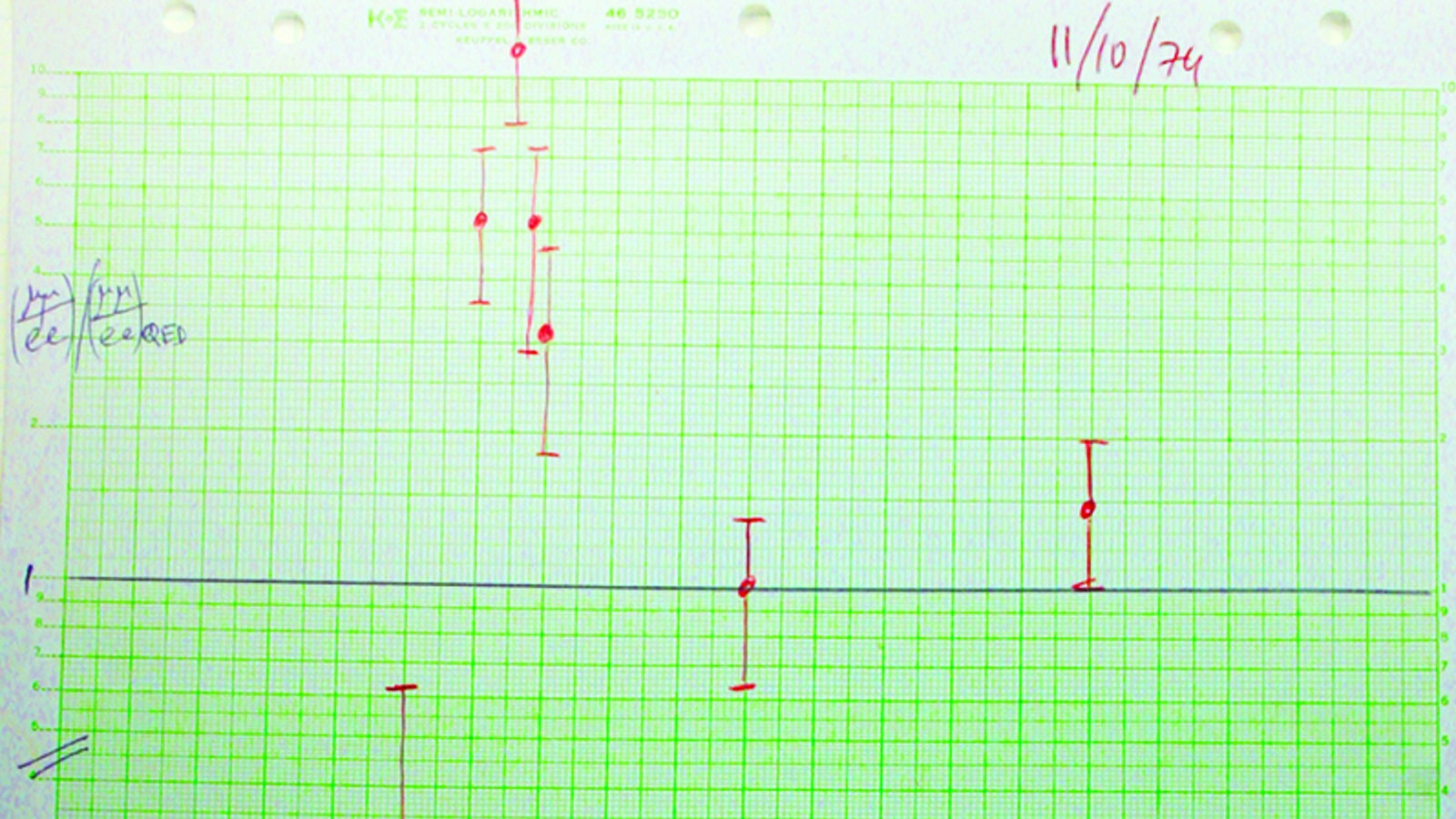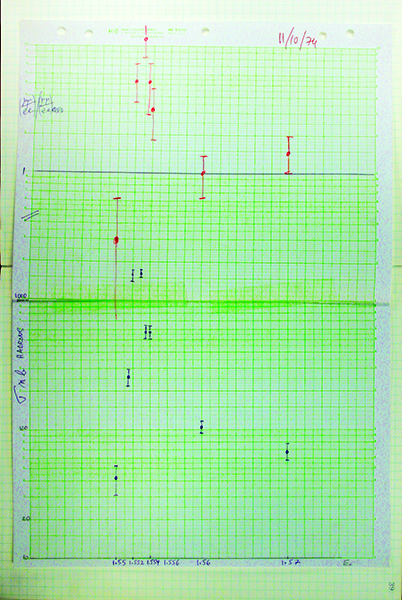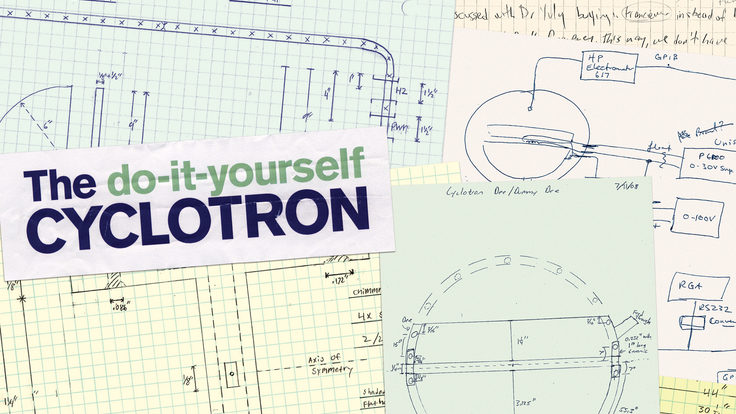November 10, 1974 Burton Richter’s group double-checked what they thought was a minor statistical inconsistency in their data. Using the Stanford Positron Electron Accelerating Ring (SPEAR), they probed electron-positron collision energies around 3.1 GeV. As the group homed in on an extremely narrow energy range, the number of quark-composed particles (hadrons) jumped by a factor of 200. The team had discovered a particle that came to be known as the J/Ψ.
“The suddenness of the discovery coupled with the totally unexpected properties of the particle are what make it so exciting,” wrote Richter in a press release six days later issued jointly with Brookhaven National Laboratory physicist Samuel Ting, whose group independently discovered the same particle. “It is not like the particles we know and must have some new kinds of structure.”
Later, physicists found the particle contained the first experimental signature of the charm quark, bringing the number of known quarks up to four. This discovery strengthened the case for the quark model. Two years later, Richter and Ting shared the Nobel Prize in Physics for the discovery.








